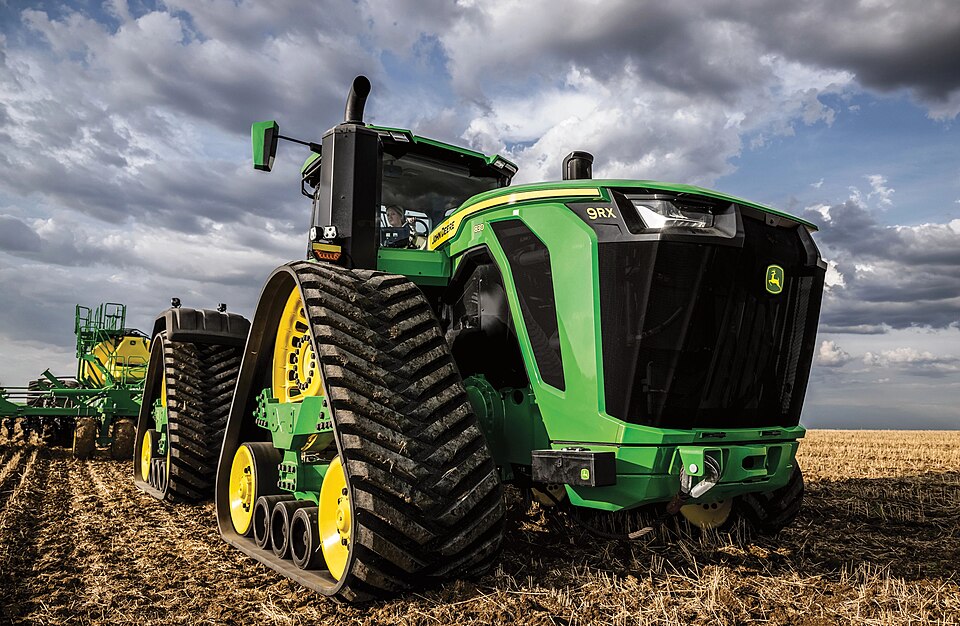When John Deere first started talking about letting a tractor complete tillage on its own, it sounded like something out of science fiction. But the company has now made it real, unveiling an autonomous tillage system at the Farm Progress Show that has farmers talking. Let’s take a closer look at how it works, why it could matter, and whether now is the right time to put it to use.
How It Works
Deere’s new Autonomy Precision Upgrade is designed to let tractors paired with tillage tools like cultivators, vertical tillage equipment, or chisel plows operate without a person in the cab. According to reporting from AgriNews, the system leans on familiar John Deere technologies such as AutoTrac and AutoPath, which handle guidance and mapping. Fields are mapped in advance, and once the tractor is set up, it can follow those maps without human steering or input (AgriNews).
What makes this leap forward is the addition of a camera kit often called “16 eyes.” Sixteen cameras are mounted on the machine, giving it vision in all directions. Those cameras detect obstacles and, if something is in the way, the operator can send a command from a phone app to steer the machine around it. Farmers monitor the whole operation through the John Deere Operations Center mobile app, which allows them to check progress, adjust settings, or stop the tractor altogether without climbing into the cab.
Another key detail is that the system isn’t limited to brand-new tractors. Deere says many machines from 2017 and newer can be retrofitted with the necessary hardware, including the camera kit, StarFire receiver, lights, and brake valves. That makes the barrier to entry lower than buying an all-new autonomous tractor.
Why It Matters
The appeal is obvious once you picture it. During spring and fall, farmers often juggle multiple tasks at once. Tillage is a necessary step but not always one that requires human decision-making every second of the job. If a machine can safely run that process on its own, it frees up the operator to handle something else on the farm.
Labor has also become a major sticking point in agriculture. Many farms struggle to find enough skilled operators during planting or harvest. An autonomous system may help fill that gap, ensuring fields get worked on time even when people are stretched thin. Deere also points out that the 16-camera setup can see hazards more effectively than the human eye, especially in low light, giving an extra layer of safety.
And perhaps most important, the ability to retrofit means autonomy isn’t just for the few who can afford brand-new machines. Farmers with slightly older fleets may still have a path in.
Is It the Right Time?
This is where it gets tricky. On one hand, farms that are large enough to struggle with labor and scheduling could see real payback from adopting autonomy early. Saving hours during crunch time can be worth more than the upfront cost of the upgrade.
On the other hand, the investment is significant, and it isn’t just about the price tag. Running autonomy requires good connectivity, well-mapped fields, and an openness to maintaining complex hardware like cameras and sensors. There’s also the reality that early adopters are often the ones who deal with bugs and unexpected problems first. Smaller farms, or those with equipment that predates the 2017 cutoff, may not find the return on investment strong enough just yet.
Looking Ahead
John Deere has made it clear this is only the beginning. The company plans to expand autonomous capability to more regions, more implements, and with better refinements as the technology matures. For now, the early reports show real promise. Whether it makes sense for you comes down to the size of your operation, the labor you have available, and how comfortable you are jumping into new technology before it has a long track record.
Autonomous tillage is not a silver bullet, but it may be one of the most important shifts in how fieldwork gets done. For the right farms, the future may already be here.


Leave a Reply